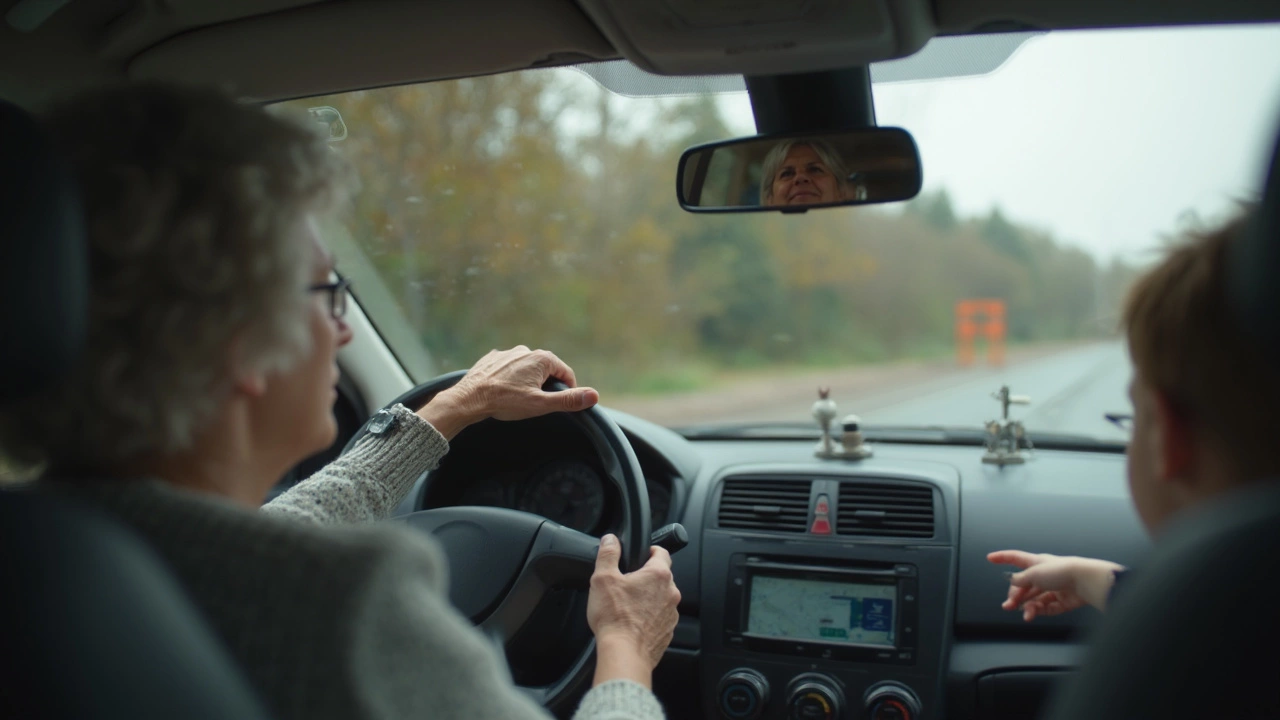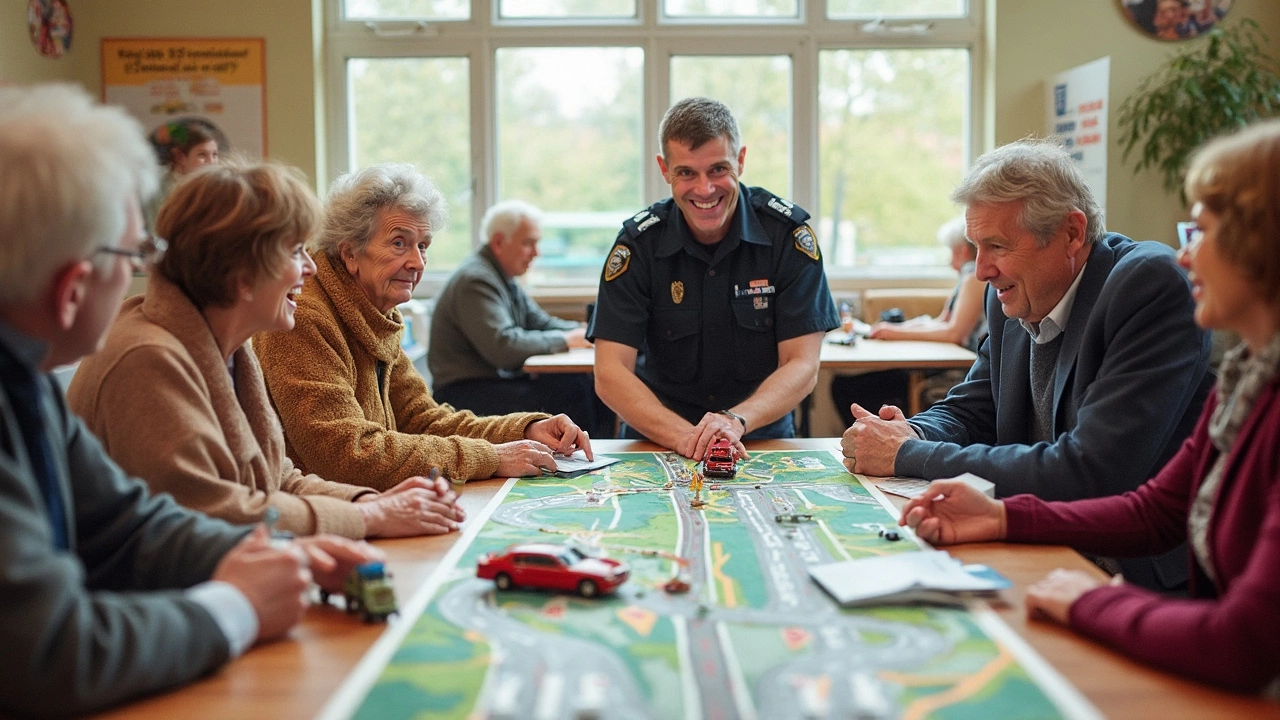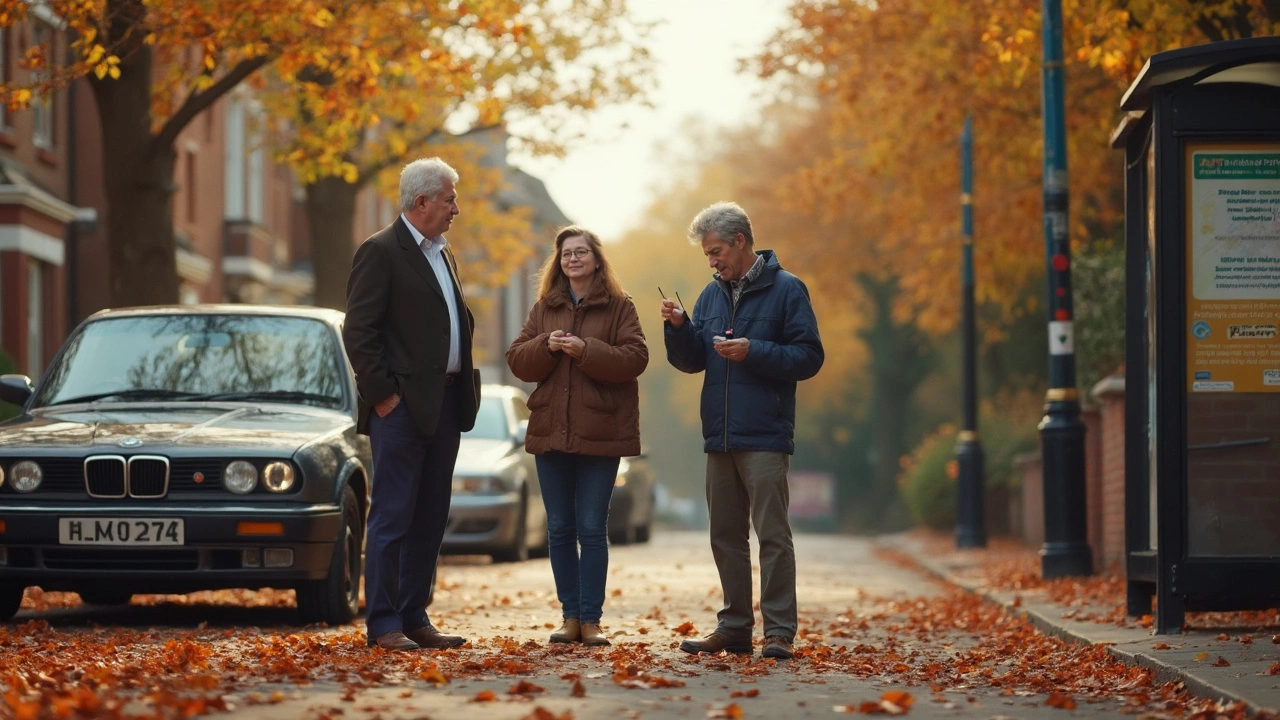Picture this: someone you know, maybe even you, drives the same car to the same grocery store every week for years. The route is burned into your brain. Then, one day, a left turn feels a bit trickier. The pedals seem less responsive, headlights glare more, and the radio hides the sound of approaching sirens. Suddenly, what used to feel automatic now takes a little more effort. Who draws the line in the sand when driving skills start to change, and just how early does that happen? The truth is both scary and oddly reassuring: driving skill decline doesn’t come in a neat little package labeled “age 70+.” It creeps in, influenced by a wild mix of biology, practice, and maybe a couple of unforgettable close calls.
The Science Behind Age and Driving Skill Decline
Humans don’t come with dashboard warning lights, but studies are starting to paint a surprisingly detailed picture of what changes behind the wheel with age. Drivers in their fifties and even forties can start showing minor slowdowns in reaction time. That doesn’t mean you’ll need a chauffeur at 55, but the body does keep quieter secrets: pupil dilation slows, peripheral vision narrows, and joints stiffen a little more every year. A 2023 Stanford study clocked the average decline in reaction time in healthy adults as about 18% slower per decade after 40. Put another way, the difference in reflexes between a 45-year-old and a 75-year-old could be enough to cover an entire car length on the highway when it comes to braking in an emergency.
It doesn’t all collapse at once, though. Vision has its own timeline. Night driving gets trickier after 50—glare from headlights and trouble seeing pavement lines gets worse year by year. Retinal cells die off naturally, which leads to trouble with depth perception and contrast. Glaucoma, cataracts, and macular degeneration often begin subtly, with about half of cases over 65 going undiagnosed according to the National Eye Institute. And, while reaction time gets a ton of press, coordination matters too. Tiny muscle controls fade—the very ones that help you keep the steering wheel steady or keep your ankle “feathering” the brake when traffic gets dodgy.
Even if you pass your driver’s test at 70 with flying colors, other systems are at play. Cognitive scientists point to “selective attention”—which is basically your brain’s traffic cop, letting in the right signals and ignoring background noise. This ability weakens gradually, usually after 60, so older drivers may find they miss a stop sign if there’s a lot going on at once. The Centers for Disease Control and Prevention reported in late 2024 that drivers aged 70+ have higher crash rates per mile than even teenagers, not just because of frail bones, but because their brains sometimes filter out critical info at the worst moment.
But here’s where it gets interesting: most older drivers sense the change before anybody else does. Many start limiting their night driving, avoiding left turns without a traffic light, or sticking to familiar routes. In a AAA Foundation survey, 80% of drivers over 65 said they’d already adopted at least one self-imposed driving restriction. That quiet, practical wisdom can be just as helpful as any eye chart or reaction test from your doctor.

Real-World Signs It’s Time to Reevaluate Driving Skills
Let’s get real: age itself isn’t a ticket to losing your keys. Some 90-year-olds still park better than most 30-somethings—no exaggeration. What really matters is what’s happening in the car. The early red flags can be subtle. You might notice more close calls at intersections or feeling flustered when merging onto fast-moving highways. Missing a turn or two? Fine—GPS gets us all lost. But if staying in the right lane, misreading road signs, or not reacting quickly to unexpected events becomes a pattern, it’s worth paying attention.
Family and friends often notice first. My grandma—sharp as a tack—used to drive Rufus and me down winding backroads in Vermont. One summer, though, she started avoiding left turns across traffic, talking about “those crazy new roundabouts.” Later, neighbors mentioned she’d braked hard at a green light, thinking a flashing pedestrian light was a stop sign. Nobody wanted to make her feel “old,” but it was clear that her comfort level had changed before any doctor weighed in.
The most common warning signs include:
- Delayed reaction to traffic signals or sudden stops
- Getting honked at more often than usual
- Confusing gas and brake pedals (even once!)
- Small scrapes or new dents on the car—especially in parking lots
- Increased anxiety about certain times of day (dusk, rain, rush hour)
- Getting lost on familiar routes or trouble finding the way home
- Relying more on a passenger to spot signs or hazards
If any of these crop up repeatedly, a professional driving assessment can clear things up. Occupational therapists and even AAA offer driving evaluations that don’t feel like high school tests. They’re designed to see if adjustments or simple adaptations—like wide-angle mirrors or improved headlights—can extend safe driving years. Sometimes it’s as basic as a new glasses prescription or a better driving schedule. But ignoring those signs can lead to more than a bruised ego. Insurance studies show that drivers over 75 who ignore these warning signs are almost twice as likely to be at fault in a crash than those who shift habits or get help.

Staying Sharp and Extending Your Safe Driving Years
Plenty of folks assume once your skills start to go, it’s all downhill. That’s completely false. While biology sets limits, there’s real evidence that regular physical activity, driving practice, and mental exercises make a difference. A 2022 University of Michigan study followed active drivers between 60 and 80. Those who did weekly hand-eye coordination games—think reaction training apps, casual sports, or even video games—kept their response times nearly 30% faster than their peers after two years. Physical fitness counts, too. Even taking Rufus for a 20-minute walk keeps my own reflexes sharper than a second cup of coffee.
Vision checks every year after 60 should be standard. Updating glasses, picking out anti-glare lenses for night driving, and not being shy about pulling over during storms can drastically cut risks. Modern cars have your back, too: lane-assist alerts, backup cameras, and adaptive cruise control aren’t just techie toys. They genuinely extend safe years behind the wheel, letting you focus attention where it matters most. But knowing when to lean on these features, and when they can’t replace alertness, is the trick.
If you’re caring for someone aging or just looking out for yourself, open and honest conversations are the biggest asset. Setting up "test drives" with a trusted friend can help spot any unspoken unease. Some families make a pact: if the driver gets three concerning reports—like sideswipes, getting lost, or not recognizing hazards—it triggers a visit with a doctor or specialist. No judgment, just checking in. It’s a way to avoid those classic movie scenes where someone snatches Grandma’s keys in a fit of drama. If it’s you who’s worried, try tracking your driving habits for a week. If you notice more stress, hesitation, or unclear road signs, that’s a good signal to slow down and look for support.
But the single most important thing? Embrace flexibility. The world’s changed since most of us first gripped a steering wheel. Uber, public transit, even neighborhood golf carts are normal for all ages now. Knowing your limits and confidently adapting isn’t a loss—it’s just smart driving. Older adults who adjust their driving schedules, try new aids, and ask family for input can often keep driving safely for years longer than those who rely solely on their own judgment.
When do driving skills decline? There’s no buzzer at 65 or clear line at 75. The changes happen gradually, showing up in ways large and small. If you pay attention to your body, listen to friends, and seek regular feedback, you can keep those keys jangling a lot longer than you might think—and stay safe doing it. Rufus and I will probably still be cruising down backroads (with lots of rest stops!) well into my own golden years, as long as I let my body and brain call the shots. And if anyone asks, yes, even the best drivers age out eventually—but with a little help, there’s no reason to rush that day.

